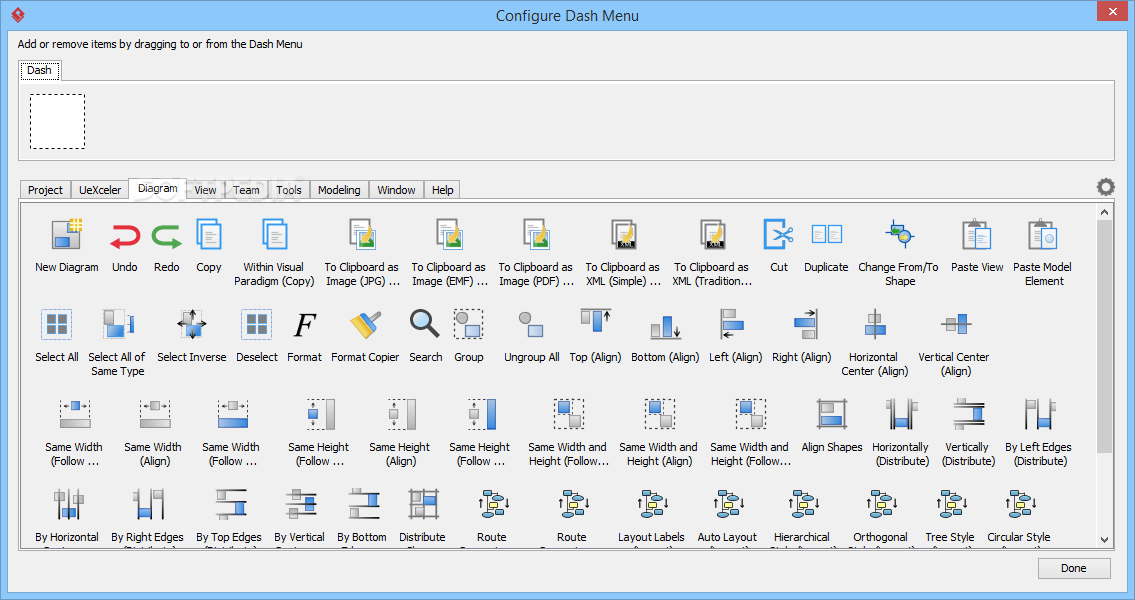
Here are the questions that should be answered as each vendor product/solution does some things better than others. Sure, diagrams are important, but really you are creating a model. A common misunderstanding is that UML is about creating diagrams. The previous posts have too many answers and not enough questions. Automate the Scrum events and related activities with self-explanatory instructions, samples and required document templates.Some context: Recently for graduate school I researched UML tools for usability and UML comprehension in general for an independent project.Allow instantly access, review and generate scrum artifacts and related documents to be archived in the Shared Cabinet.Manage Backlog, Multiple Sprints of different Scrum Roles with a single-page visually executable canvas.Automate the Scrum Framework in a fun and enjoyable dashboard with eye-catching updated status.Manage the Entire Scrum Process in One Page
#Visual paradigm review software
It enables organizations to improve business and IT agility and foster innovation through popular open standards and process frameworks.Visual Paradigm, a killer Agile feature in 2018, introduced Scrum Process Canvas for automating the way a Scrum team to create, manage and deploy software application that empowers the team to continuously improve their performance at unprecedented speed and scale.

Our award-winning products are trusted by over 320,000 users in companies ranging from small business, consultants, to blue chip organizations, universities and government units across the globe. Visual Paradigm help organizations stay competitive and responsive to change faster and better in today’s fast changing environment.
#Visual paradigm review how to
It offers the time to ask questions, make observations or provide feedback and suggestion, and have discussions about how to best move forward in the given current realities.Ī powerful scrum software that supports scrum project management. The goal of the meeting is to review transparently and determine the status of the work implemented in the sprint: The Scrum teams will ask customers to review whether the work demonstrated (potentially shippable) meets the definition of done at this point, or sometimes, some customers may want time to use the application for some time prior to the acceptance made. Sprint review vs Sprint retrospective Sprint Increment Review

The Sprint Review focuses on the “inspect” and “adapt” of the increment (Potentially shippable), while the Sprint Retrospective give more focus on the “inspect” and “adapt” of the process of the sprint. Both of these components occur on the last day of the sprint. Such a meeting starts with a customer review and demonstration and ends with the team retrospective. Sprint Review vs Sprint RetrospectiveĮach sprint ends with a two-part sprint review meeting. The purpose of the Sprint Review meeting is for the team to show the customers and stakeholders the work they have accomplished over the sprint and compare it to the commitment given at the beginning of the sprint.

The team gives a demo on the product and will determine what are finished and what aren’t. The sprint review is an informal meeting which the development team, the scrum master, the product owner and the stakeholders will attend.


 0 kommentar(er)
0 kommentar(er)
